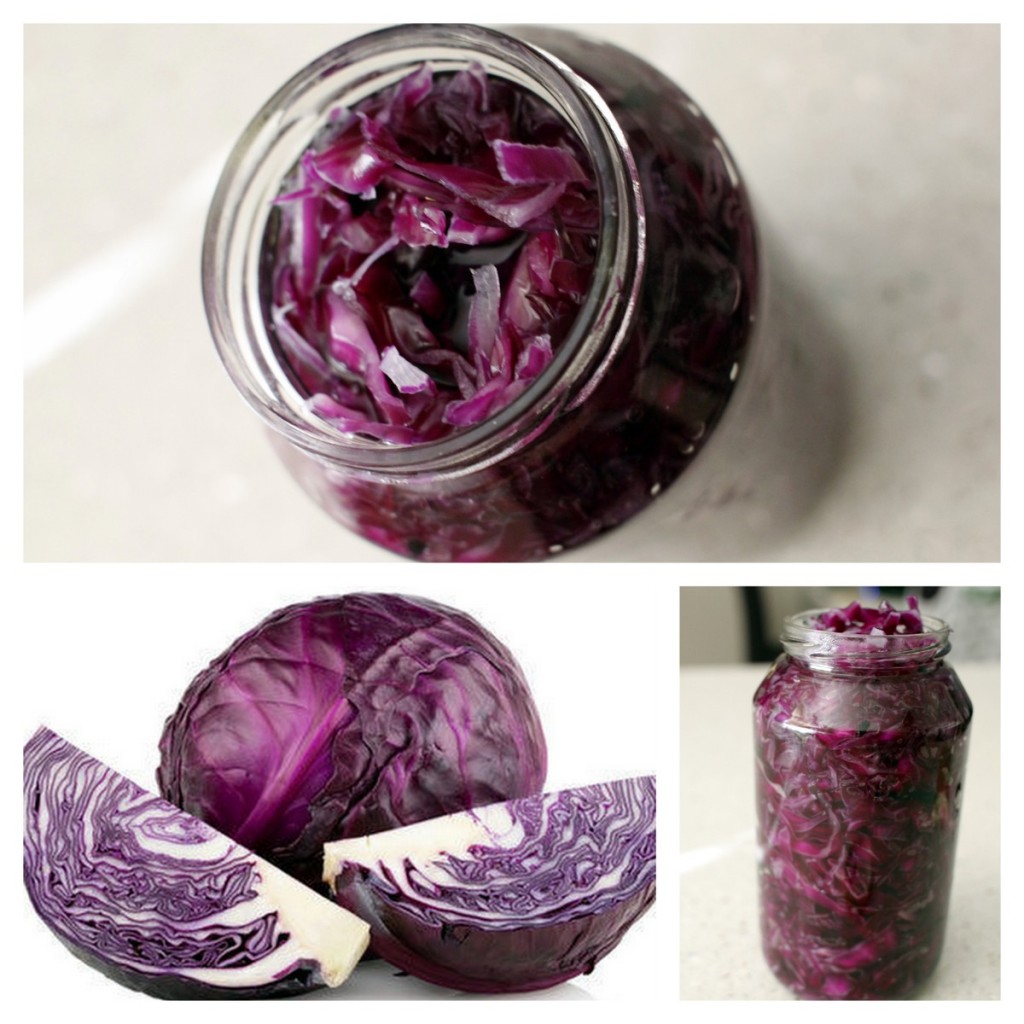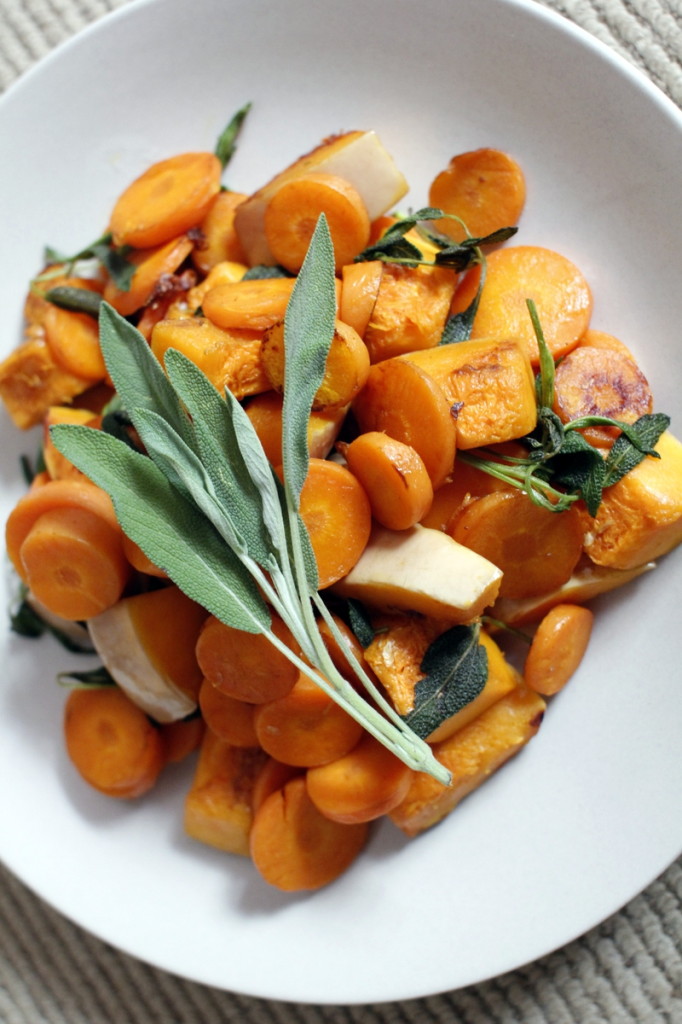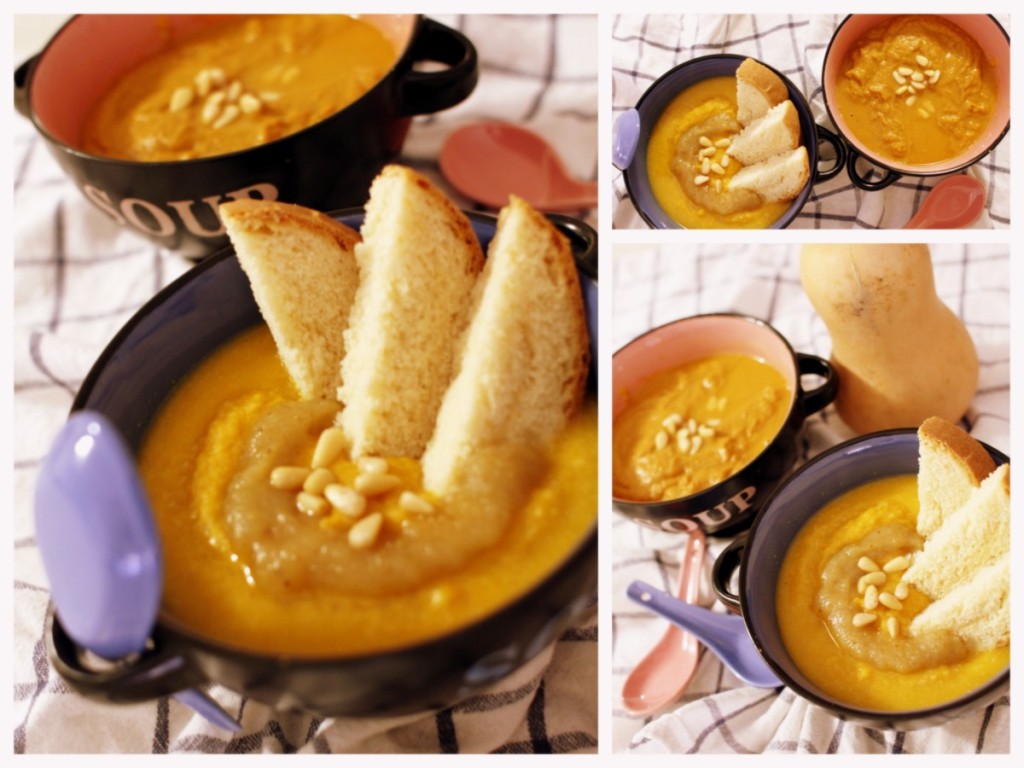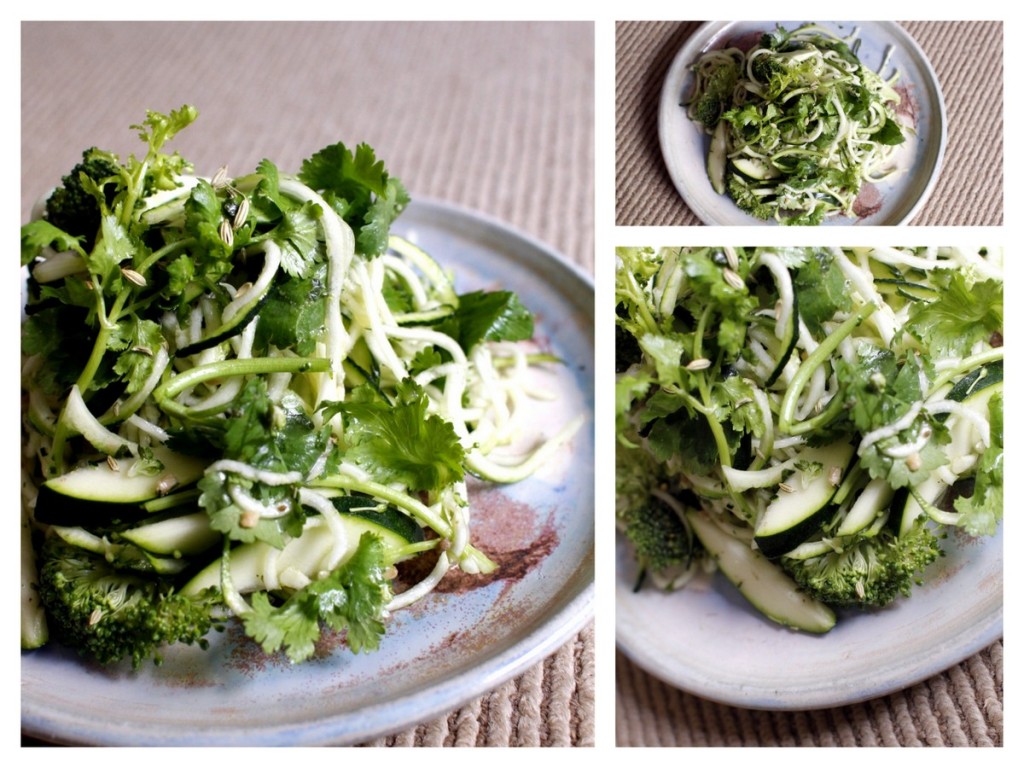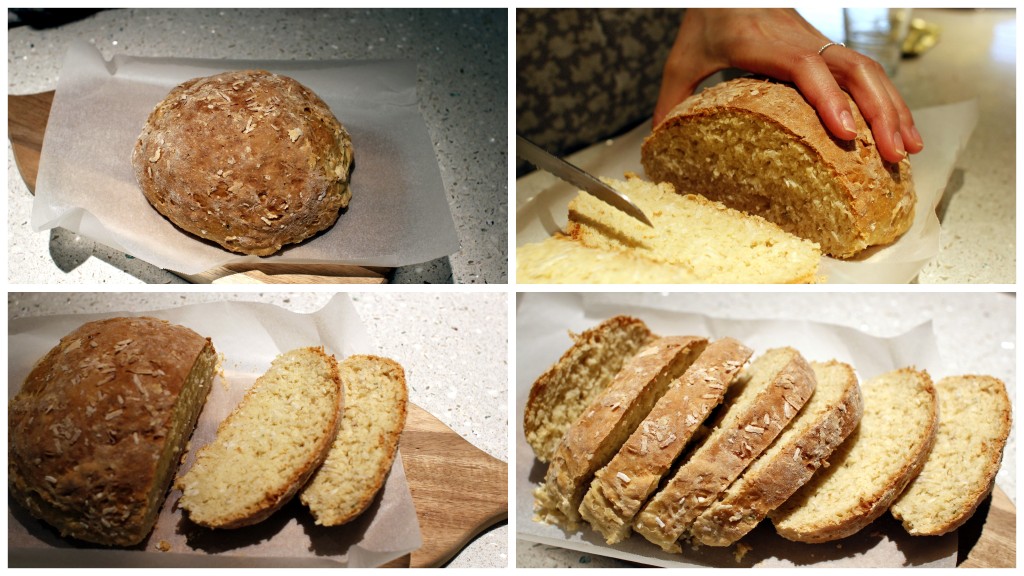Just like Kimchi in Korea, sauerkraut is a fermented cabbage side dish which took root mostly in Eastern Europe and Germanic cuisines. I try to incorporate fermented foods in my diet such as Kimchi, sauerkraut, yogurt or kefir for my digestion.
As per my previous post on Kimchi, sauerkraut as a fermented food has many health benefits.
– easier to digest and absorb compared to eaten raw
– high in Vit B, C and K, calcium, potassium and magnesium
– low in calories
– lactobacilli and enzymes improve digestion and the growth of healthy bowel flora
– soothing the digestive tract, good for stomach ulcer
– high in antioxidants (lutein and zeaxanthin)
You can buy a jar of sauerkraut from the store though it is expensive, has preservatives and is very high in sodium. So why not making at home since it is extremely cheap and easy to make? It is also very rewarding when you make your own:)
All you need is sea salt and cabbage (I’ve chosen a red cabbage, but any cabbage would do). You need to massage and knead the shredded cabbage and sea salt with clean hands in a mixing bowl until it gets wet and excess water comes out of the mixture. Pack the moist cabbage mixture and liquid into a jar and close the lid tightly. Leave the jar in a cool dark place for a few days to allow the bacteria to start fermentation. Check everyday to see if it is soft and tangy. Then you can keep it in fridge to slower down the fermentation process. It goes well with any meat dishes as well as in salads – beautiful purple colour and intense flavour!

